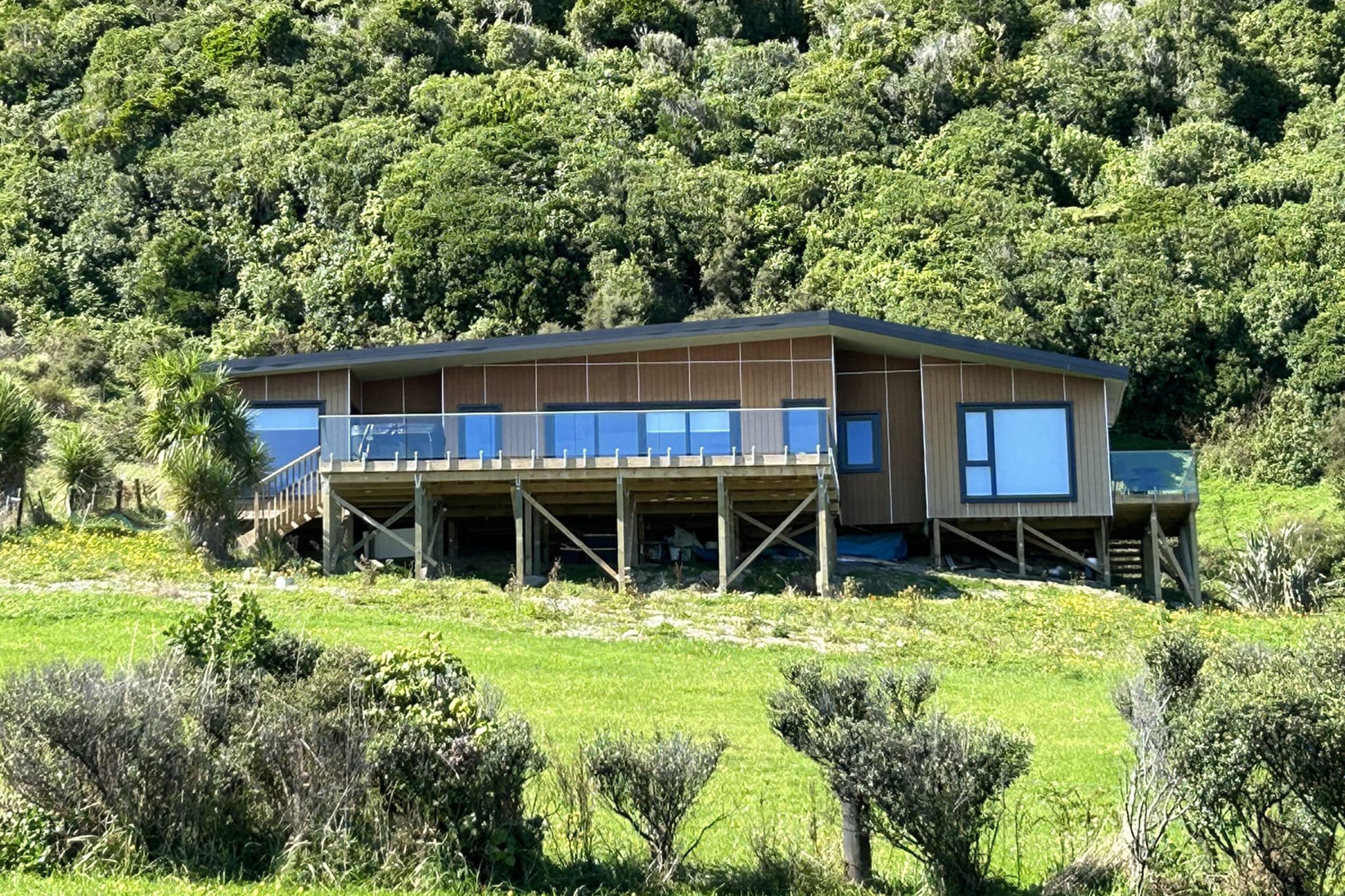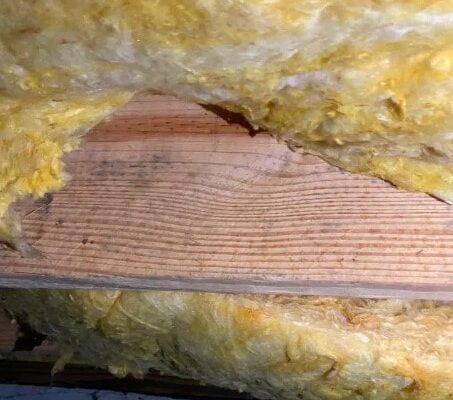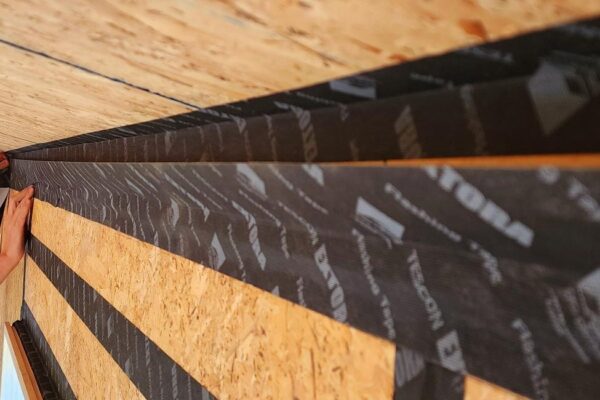High-Performance Homes & Humidity: Why You Don’t Need to Fear Mould or Moisture
In many parts of New Zealand, and globally, homeowners are familiar with the sight of black mould creeping into corners, around windows, and even inside walls. It’s a real worry, especially in humid areas or regions with high rainfall. For anyone considering a high-performance home built with passive house principles, the question often arises: won’t a home this airtight just trap moisture and cause mould?
The truth is the opposite: a properly designed and built high-performance home is the best defence against mould and moisture damage.
Why Mould Grows in Homes
Mould thrives where three conditions come together:
- Moisture (condensation, leaks, or trapped humidity)
- Cool surfaces (where warm moist air meets cold walls, windows, or ceilings)
- Poor ventilation (stale, damp air that lingers indoors)
Unfortunately, conventional homes often tick all three boxes. Draughty construction allows moisture in, poorly insulated walls create cold spots, and basic or absent ventilation systems let humid air stagnate.
How High-Performance Homes Solve the Problem
- Airtight Construction
Unlike conventional builds that let damp air seep through cracks, high-performance homes are designed to be airtight. This doesn’t mean they are “stuffy”; it means the building envelope is sealed against unwanted air and moisture. The air is then managed on purpose through a ventilation system, instead of uncontrolled leaks. - Continuous Insulation
High-performance homes eliminate cold spots that cause condensation. They provide continuous insulation across walls, floors, and roofs, meaning indoor surfaces stay close to room temperature. No cold corners, no dripping windows, no damp patches where mould can start. - Balanced Ventilation (with Heat Recovery)
Mechanical ventilation with heat recovery (MVHR) is a cornerstone of Passive House design. It continuously supplies fresh, filtered air while removing stale, moisture-laden air. This keeps indoor humidity stable and healthy year-round….even in coastal or humid regions. - Moisture-Smart Detailing with SIPs
SIPs are often questioned: what if the panels get wet? In reality, SIPs are carefully designed to stay dry. During construction, panels are protected and sealed. Once the building envelope is closed in, airtight membranes and careful flashing ensure rain and humidity stay out. Inside, ventilation manages indoor moisture. The result is a dry, durable, mould-free structure.
The Result: Healthier Homes in Every Climate
Rather than increasing the risk of mould, a high-performance home dramatically reduces it. You enjoy:
- Fresh, filtered air every day
- Consistent comfort – warm in winter, cool in summer
- Dry, mould-free living
- Durable construction that stands up to New Zealand’s diverse climates

Final Thought
Moisture and mould are a real risk in many homes, but they don’t need to be. With airtight construction, superior insulation, and smart ventilation, a high-performance home is the safest way to protect your family from mould, even in humid or high-moisture areas.
It’s time to flip the fear: high-performance design doesn’t cause mould, it prevents it.
👉 Want to learn more about high-performance building in NZ?








